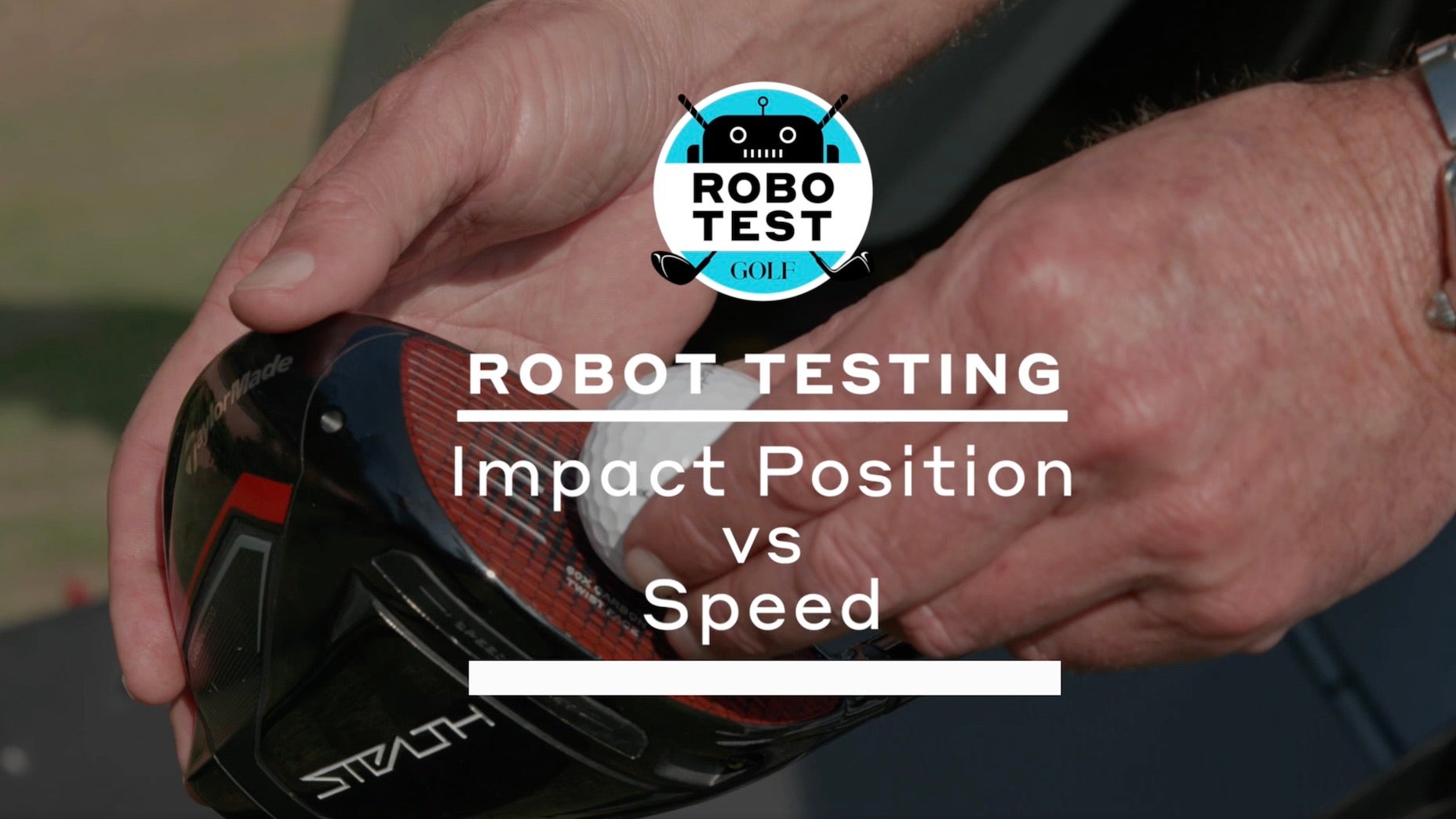
The USGA and R&A released a new distance report on Wednesday that found the average driving distance for male amateur golfers is 215.6 yards. That’s taking into account golfers with a handicap below a 6 all the way up to those above a 21. That number might seem short to some, but more than anything, it’s a reminder of the massive distance gap that exists between elite tour pros/amateurs — the average driver carry distance on Tour is around 279 yards — and the 50-something mid-handicapper at your local club.
We recently covered a tee “hack” that can help you gain 25 yards if you’re like most golfers and have a negative angle of attack. But what happens if you have a positive AoA and still want to gain a few more yards? If you subscribe to the Bryson DeChambeau formula of adding speed to gain carry distance, swinging the club with reckless abandon is a sure-fire way to add yards to your drives.
Of course, increasing speed without the proper technique and time honing your new-found swing on the range can magnify the misses.
The other solution is honing impact location at a slower speed for reliable carry distances, thereby reducing the potential for the cold top or round-killing slice.
In the latest edition of GOLF’s RoboTest series, we attempted to determine what the differences are when a player hits a ball in the center of the face versus an off-center strike where their speed increases by 5 and 10 mph. (Note: This test did not address the directional issues that come with a player attempting to swing faster, which can exacerbate distance loss due to directional side spin. That will be covered in a future test.)
Methodology: A driver was set up at 95, 100, and 105 mph. The driver was hit out of the center, 1/2” towards the toe and heel, 3/4″ towards the toe and heel, 1″ towards the toe and heel, .5” high, .75” toe, .5” low and .75” heel.
Findings: There was an 11-yard increase in distance on center hits from 95 to 100 mph. … There was only a 2-yard increase from 100 to 105. This was due to the increased spin that was created when the speed was increased. This points to the fact that if a player is going to swing harder that they need a different club to maximize this increased speed. Increased spin is almost always associated with increased clubhead speed which limits distance potential. … The ball will travel farther with increased speed up to 1” off center at a 5 mph increase and up to 1” off center with a 10 mph increase. … The ball will not travel further if you hit it on the lower third of the clubface which will cause increased spin and distance loss due to vertical gear effect. … The ball can be 8 yards shorter at both a 5 and 10 mph increase on a .5” low and 3/4” heel hit. … The ball will travel farther if hit on the upper third of the clubface with both a 5 and 10 mph increase.
Want to overhaul your bag for 2022? Find a fitting location near you at GOLF’s affiliate company True Spec Golf. For more on the latest gear news and information, check out our latest Fully Equipped podcast below. For more exclusive robot-testing insights, join InsideGOLF for only $20/year.







